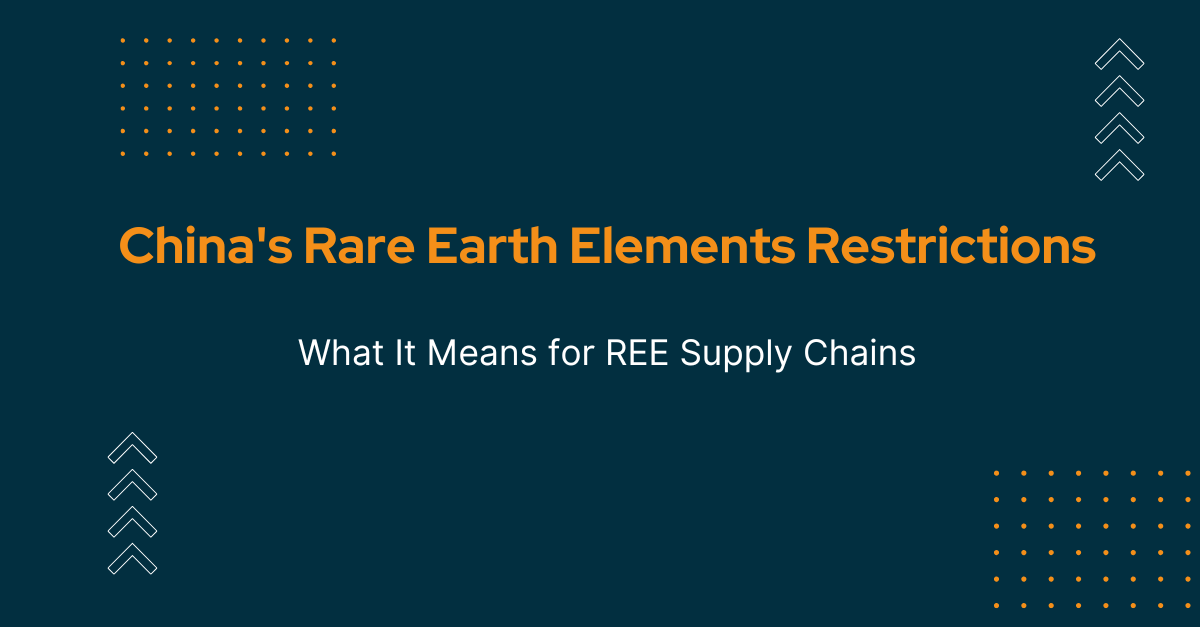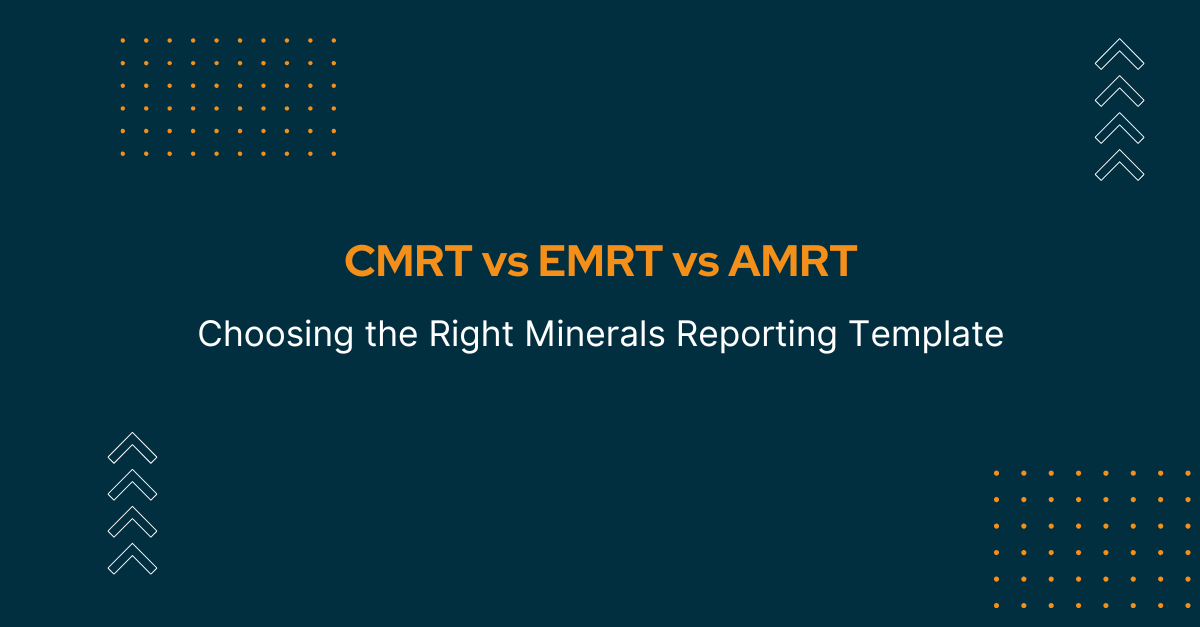Table of Contents
A few years back, only a handful of companies were committed to supply chain transparency. Today, this commitment has shifted from a nice-to-have to an absolute must, especially in industries like electronics, Industrial automation, automotive, and jewelry, where sustainable procurement is essential due to the nature of responsible sourcing requirements under Section 1502 of the United States (U.S.) Dodd-Frank Act & EU Conflict Minerals Regulation, also known as Regulation (EU) 2017/821.
With growing pressure from governments, NGOs, and consumers, transparency and traceability have become non-negotiable. This need is even more critical when handling “conflict minerals” like Tin, Tantalum, Tungsten, and Gold (3TG). The mining of these minerals often raises significant human rights concerns, underscoring the importance of responsible sourcing for companies.
Why Supply Chain Transparency Matters to Complex Manufacturers
Supply chain transparency involves understanding what’s happening upstream with suppliers and clearly sharing this information within the company and with external stakeholders.
Failing to ensure conflict-free sourcing can lead to serious reputational and financial risks. A single non-compliant shipment, for example, can result in port delays, additional costs, and missed business opportunities.
Who’s Involved in the 3TG Supply Chain?
Understanding the participants across the 3TG supply chain is crucial. This chain typically includes miners, smelters, manufacturers, and end-users. However, with so many stages involved, achieving transparency can be challenging. Suppliers may be reluctant to share information due to limited knowledge and disorganized documentation.
Typical Stakeholders in the 3TG Supply Chain:

To address these challenges, supplier engagement and communication are essential. This process involves various tasks like data gathering and validation, which can be overwhelming. With the support of supply chain risk management software, companies now have the tools to improve supply chain traceability without compromising their business objectives.
How to Implement Effective Supply Chain Traceability for Responsible Sourcing
To enhance transparency and responsible sourcing practices, companies can adopt several strategies:
-
Master Data Management: Keeping an organized database of suppliers, including details on location, materials, and contacts, is foundational for a traceable supply chain. This approach simplifies compliance and boosts supplier accountability.
-
Identify High-Risk Suppliers: Conduct regular supplier risk assessments to flag those sourcing conflict minerals. The goal is to pinpoint high-risk suppliers, especially those dealing with 3TG minerals, and ensure they meet your traceability and transparency requirements.
-
Country of Origin Verification: One essential step is the Conflict Minerals Reporting Template (CMRT), a standard tool for gathering and reporting sourcing data across supply chains. Using this tool, companies can verify the origin of the minerals they use, confirming that only conflict-free sources are part of their supply chain.
-
Set Clear Expectations with Suppliers: Including transparency and traceability clauses in supplier contracts emphasizes the importance of responsible sourcing. Audits, like the Responsible Minerals Assurance Process (RMAP), further verify that suppliers meet compliance standards. Prepare Remediation Procedures: If suppliers don’t meet compliance standards, companies must be ready to act. Options range from supplier training to, if necessary, contract termination to uphold accountability.
-
Formalize a Policy: A clear conflict minerals policy demonstrates a company’s commitment to responsible sourcing. Such policies should include roles, responsibilities, and objectives to guide compliance efforts and reassure stakeholders.
-
Due Diligence Reporting: For companies subject to reporting requirements, an annual report on traceability efforts shows adherence to regulations and highlights steps taken to ensure supply chain sustainability.
Using Technology to Streamline Supply Chain Compliance
Acquis supply chain sustainability software can simplify tracking and monitoring processes. Automation and analytics tools reduce the need for manual data collection, providing real-time visibility into supply chain activities. Supplier compliance data management systems further enhance data accuracy and transparency, enabling companies to monitor every stage of their supply chain effectively.
By committing to transparency, compliance, and sustainable procurement, you can minimize risks but also build stronger consumer trust. Conflict-free minerals are no longer just a regulatory checkbox; they represent a commitment to ethical sourcing and a sustainable future.
Download the case study.
Reach out to our compliance experts today to see our compliance tool in action!



